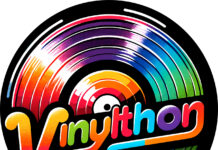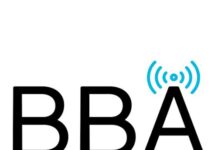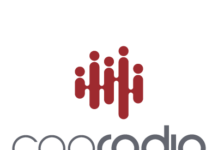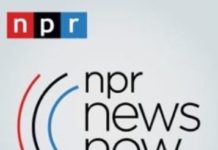
Last week, with the help of AdsWizz, a company called Frequency launched a new campaign to use personalized creative via Spotify. The campaign targets Spotify listeners with audio ads and companion banner ads that are customized based on time of day and location. Frequency calls what they are offering advertisers, “Dynamic Audio.” We spoke to Frequency CEO Pete Jimison about the company, this new technology, and if there might be some application for your radio stations.
Radio Ink: How long has the company been in business and how did it get started?
Pete Jimison: We founded Frequency just in January of this year but the technology was incubated within F Sharp, our agency focused on advertising around digital music. F Sharp started in early 2012. Right after beginning the agency we realized we could create a platform that would allow other agencies the tools for building engaging ad experiences around audio content. We started with display advertising that leveraged music content and over time began developing new formats to match the listener’s experience. We’ve taken some investments from friends and family, but mostly built the Frequency technology through revenue generated by the agency.
Radio Ink: Exactly what does Frequency do?
Pete Jimison: Frequency provides creative management tools for designers, producers, and operators to create, manage, and deliver engaging ad experiences around audio content. We have a unique system for building dynamic creative for audio whereby any user of the system can upload audio files (including multiple music bed options) and generate many variations of one marketing message. Frequency also has an ad builder for display advertising to provide advertisers a 360 approach to their campaigns across the digital radio platforms.
Radio Ink: Tell us about the recent announcement with Spotify using the Frequency technology?
Pete Jimison: Our programmatic partner AdsWizz gives us the ability to connect with audiences across Spotify and other music services. We wanted to announce the arrival of the technology and some of the mechanics of the campaign that ran using location and time of day. We’re excited as we’re just getting started and there are plenty of ways a marketing campaign’s message can be changed based on the signals from listeners.
Radio Ink: Specifically, how does the technology work with a pure-play streaming company?
Pete Jimison: We use existing programmatic advertising pipes across publishers like Spotify. When a user is served the ad, we are able to determine specifics about the user such as location, time of day, weather, and potentially more based on the available data from the publisher. Using this data, our Dynamic Audio product serves customized audio and display ads.
Radio Ink: How can this technology be used by terrestrial radio stations?
Pete Jimison: Unfortunately, terrestrial radio will never have the full capabilities of digital radio since it’s not a one-to-one experience, but rather one-to-many. This means we cannot decipher each individual listener’s demographic or psychographic information, but we can infer data based on surveys, ratings, and mapping the digital information over locations. This is something that iHeart has put a lot of focus on in the last three years, taking new knowledge from digital listeners and inferring information on their terrestrial listeners.
That being said, Frequency is still a great tool for managing the process of building the creative variations of the audio ad and managing the workflow for production. Today, it’s a very laborious task to create an audio ad as it requires hiring vocal talent, hiring audio engineers, mixing and mastering with various licensed sound fx and music beds, then creating multiple versions for each target audience. We are providing end-to-end solutions for producing audio ads and delivering them across digital radio and terrestrial radio. This means having a network of talent and production partners, and providing the tools for creation and collaboration between the advertisers and all other parties involved. Advertisers will eventually be able to jump on the Frequency platform for all of their audio ad needs, being able to produce and deliver hyper-local advertising spots.
Radio Ink: What is the possibility of this technology ever becoming available to the over-the-air radio signal?
Pete Jimison: It won’t be exactly the same as digital, as I mentioned before, but it will provide for greater control and ease of creation over the creative being produced for target audiences, and therefore opportunity for greater personalization of the audio ads we hear on terrestrial radio today. The system will also act as a bridge between digital and terrestrial radio so advertisers can focus on advertising around audio content and have access to their audience across both channels.
Radio Ink: Radio is pretty good – and fast – right now at changing ads for clients. How would your technology be better?
Pete Jimison: A good portion of the process for radio operators to manage ads is manually done and requires many hands, from approving the creative to delivering the creative. Frequency streamlines the process, centralizes the workflow, and gives greater control and visibility to all parties involved in getting an audio ad out on the airwaves. If you considered radio advertising fast before, you should see how we adjust the dials for an improved experience.
For more information on Frequency go HERE.
To contact Pete send him an e-mail at [email protected]





